We recently looked at the paradigm shift that continues to ripple across the music (and art) industry. In really generic terms, there are three pieces to this shift. Two of which, we’ve covered.
- Production — In this article, we talked about how the transition to low-cost digital tools empowers artists to make music anywhere in the world without relying on money men to fund it.
- Marketing — “Marketing” sometimes sounds like a crass consideration when talking about art but in a general term, we’re just talking about how you can let the public know you’ve made something. That can be social media, live appearances, or any other publicity. Here, we talked about the challenges of spreading the word about your music.
That leaves #3, the Audience. What role does the audience play in the paradigm shift? How can an audience empower an artist to break out of the old system?
Traditionally, (and I mean in the corporatized music industry) the audience doesn’t really connect with the artist commercially. That is not to say there isn’t a connection. Artists talk to their audience through social media, fan clubs, and live performance. But when it’s time for money to change hands, a third party is involved. Supporting your favorite corporatized artist means handing your money to Ticketmaster or iTunes or Warner Brothers, not to the artist.
The Crowd
More and more we’re seeing the rise of tools that empower the audience to support the artist directly. Kickstarter is the obvious top-of-class tool out there. As Jessica Martindale (who ran a successful Kickstarter for her new album) characterized it, Kickstarter turned her donors into her label. The Nobility recently talked to us about their experience running a Kickstarter campaign. (They also shared some tips.)
Kickstarter is an all-or-nothing proposition: either you hit your goal and your project is fully-funded or you get nothing. Other options like Indiegogo and GoFundMe allow you to keep whatever funds you raise. Pledgemusic — which is dedicated to funding music projects — offers different routes for funding: pre-orders accept money immediately; fund-raising projects delay until all funds are raised.
These are all wonderful options for involving an audience in the creation of the art but most crowdfunding platforms work best for a single project. They don’t always build a lasting relationship with the audience.
Also, because crowdfunding campaigns offer incentives (rewards) to supporters who pledge more, they shift the production energies of the creators towards dreaming up rewards and fulfilling them. To create a sustainable cycle of production and fulfillment, it would be better for funding levels not to be incentivized with extraneous “prizes.” It makes more sense to say, “Pledge $10 and get the digital album. Pledge $20 and get the physical album.” Right?
Patrons
If we truly want to shift the paradigm, we have to bring the audience along into the production. We have to be able to show that we’re working all the time and the audience is enabling that. It isn’t just a one-time funding goal. It is a sustainable means of production. We need patrons.
Patreon offers this kind of direct, recurring funding for artists. Patrons pledge a small (or large) amount to their favorite artists per month or per creation. Connecting the patronage to the creation empowers everyone in the exchange. No longer is the audience handing money to a third party (the old paradigm) and neither are they only supporting a one-off project (crowdfunding).
Check out Patreon founder Jack Conte’s band Pomplamoose on Patreon. With only 1870 patrons, they make $5445 per music video that they create. The more patrons they have, the wilder videos they can make. It is an extremely direct relationship. They haven’t dreamed up the final project before running the campaign. They create based on their patronage.
Don’t read me wrong, crowdfunding is awesome. I’ve supported many Kickstarter projects and will continue to. But I don’t always feel involved in the process. I can name several projects I’ve funded that took so to materialize from funding to delivery that I had already checked out. And I can name several that were wonderful from start to finish with which I didn’t stay engaged after delivery.
Leading the Fans
It can sometimes seem like there are two kinds of fans:
- Superfans who are going to buy everything as soon as you release and go to every show they can. They’re rare.
- Passive consumers who don’t hand over money to artists directly. They’re essential to maintaining a fanbase but they’re the ones who won’t seek you out. They will only find you if you’re already in front of them.
We need to cultivate a third type of fan: the engaged, active participant in the art. We need to let fans know that their patronage matters in real tangible ways. The new tools allow us to do that. It’s important as artists to realize the role that we can play in leading the fans to the patronage model. We have to shift our attitudes a bit about how we create art in order to bring the audience along with us. Once we do that, we empower each other.

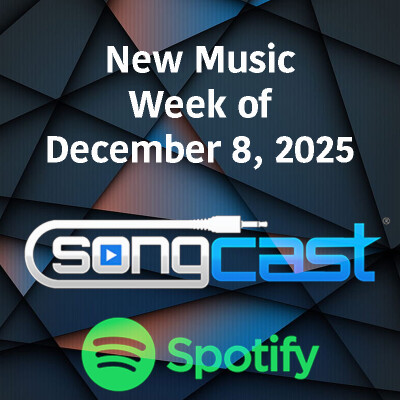
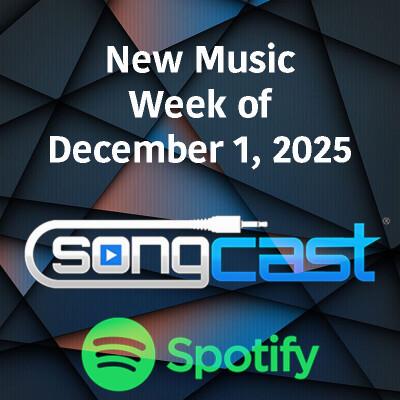
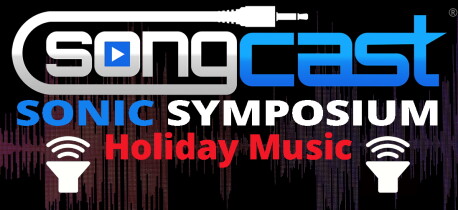
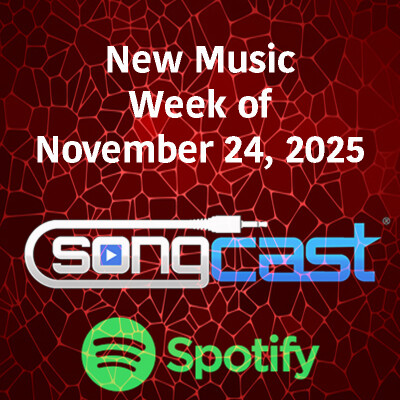
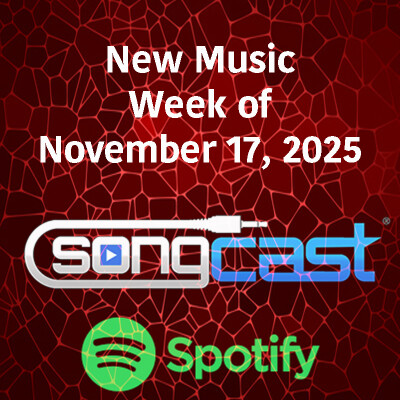
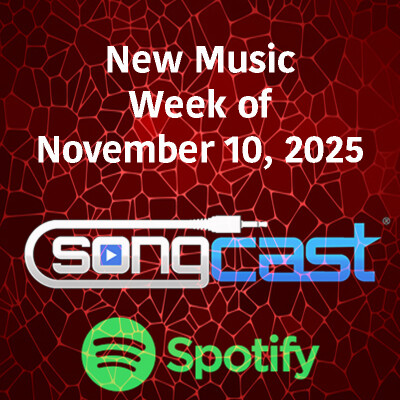
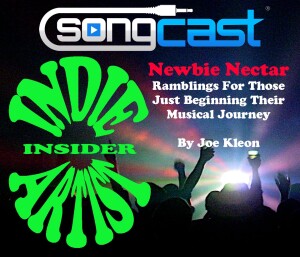

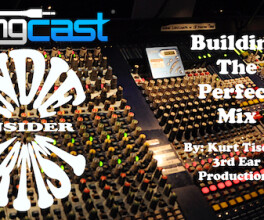

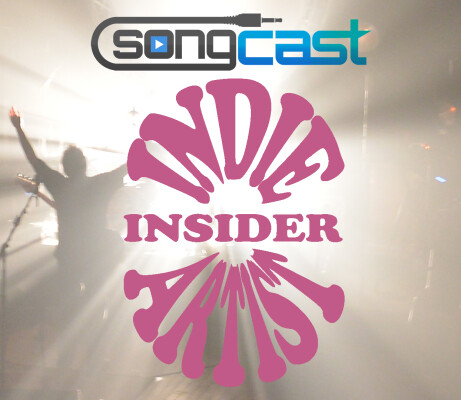




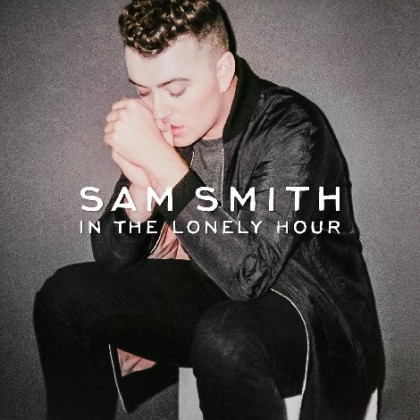
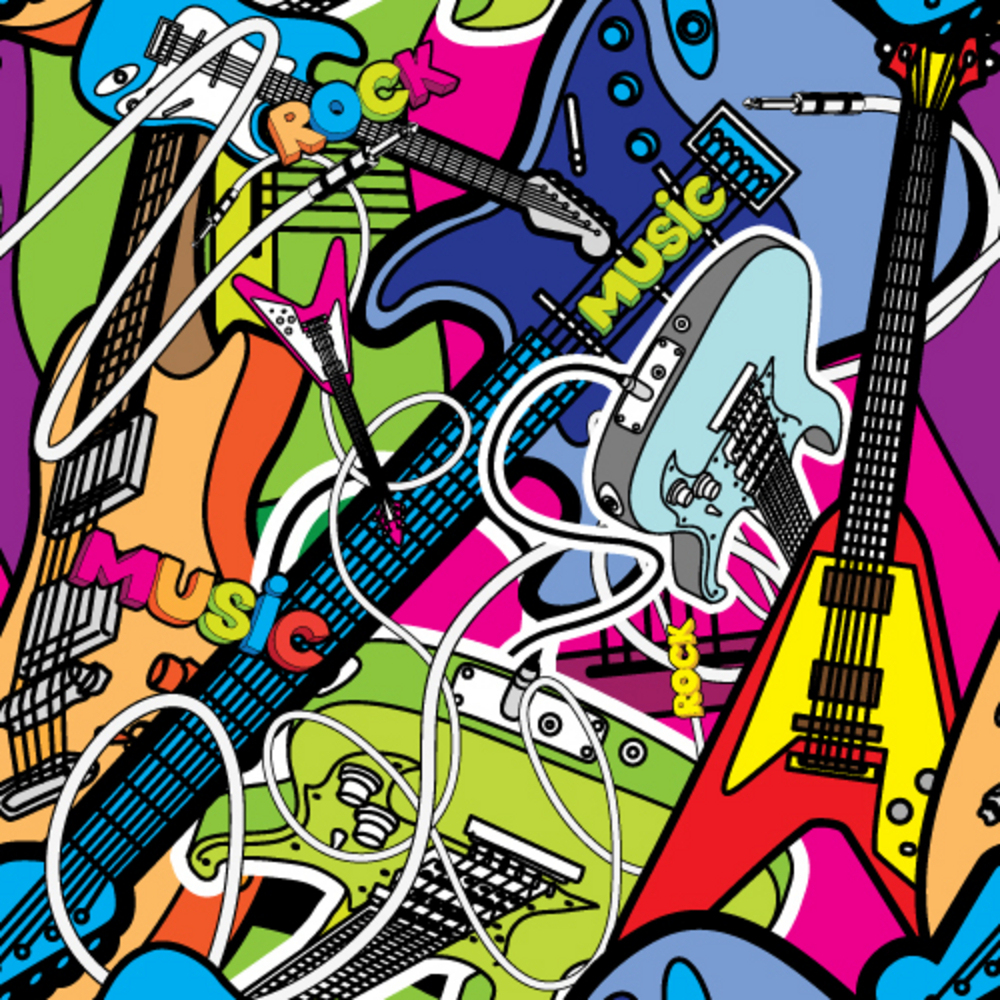

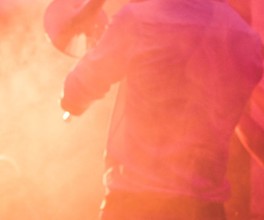
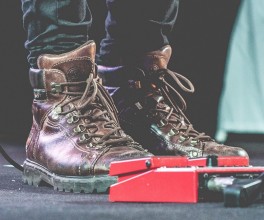
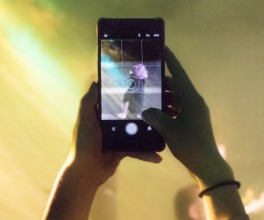
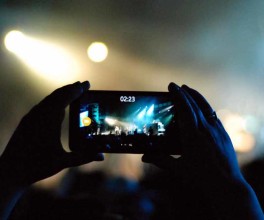

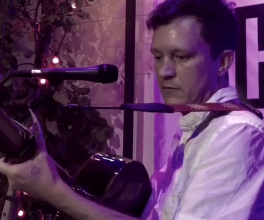
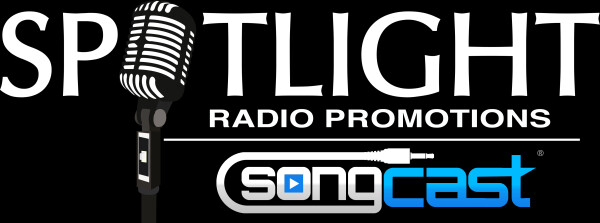
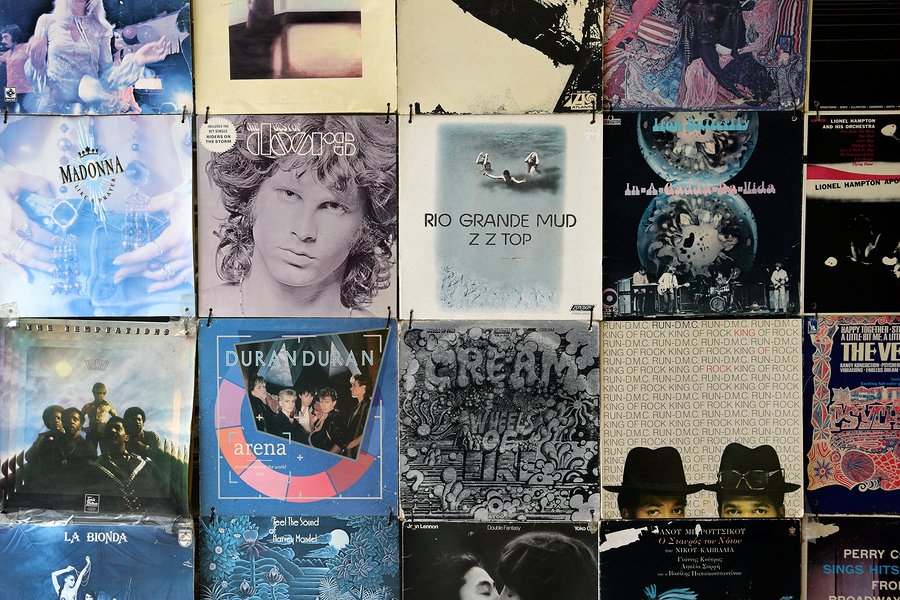




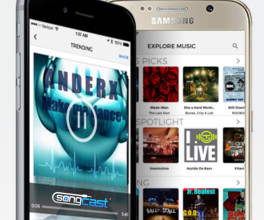

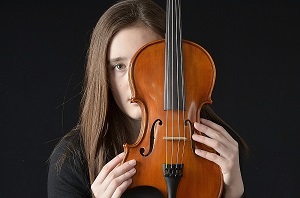

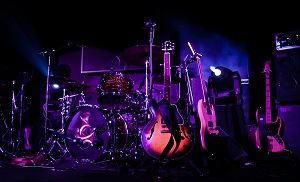



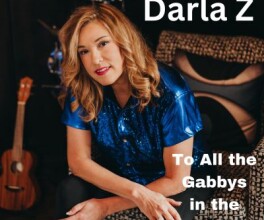

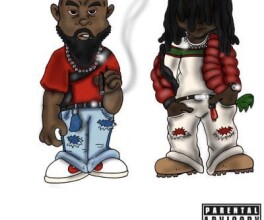

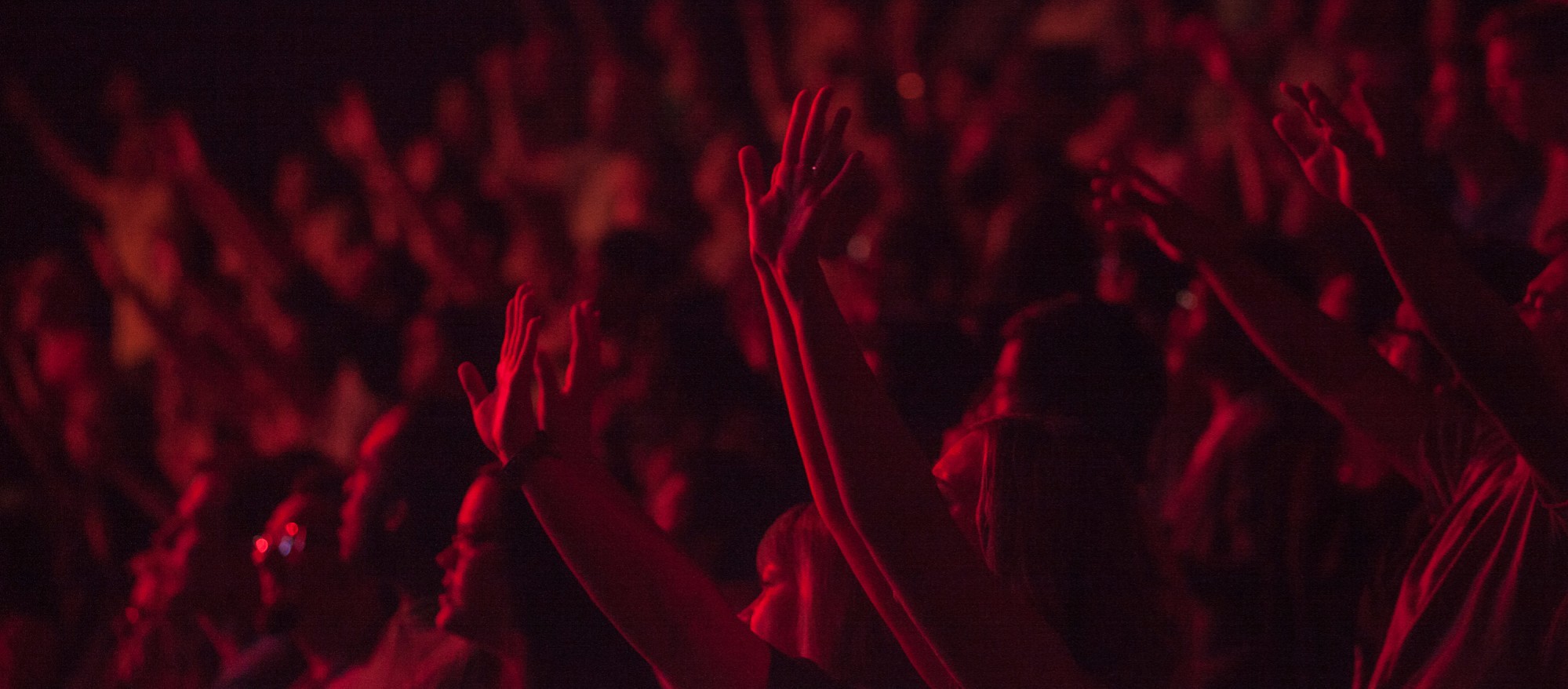
Comments
No comment